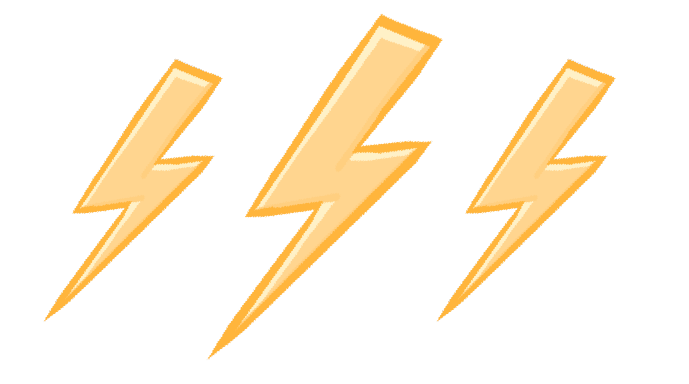Circuits Introduction
This lesson covers:
- What an electric circuit is
- The basic components of an electric circuit
- An introduction to current, potential difference, and resistance
- The direction of electron flow and current flow
A power source for an electric circuit could be a:
(Select all that apply)
Pump
Battery
Engine
Cell
|

This symbol is used to represent a on a circuit diagram.
|
voltage / current / resistance
is a measure of the flow of electrons around a circuit
|
This symbol is used to represent a on a circuit diagram.
|
Amperes, amps, or 'A' are the units of:
Current
Voltage
Resistance
|

What does this symbol represent on a circuit diagram?
Battery
Cell
Resistor
Filament Lamp
|
current / potential difference / resistance
is the force driving the flow of electrons around a circuit
|
In 'conventional current', we say that the electrons flow from:
Positive terminal ➔ negative terminal
Negative terminal ➔ positive terminal
|
current / potential difference / resistance
is everything that resists or opposes the flow of electrons in a circuit
|

Voltage, volts, and 'V', are all used to refer to:
Potential difference
Resistance
Current
|
Ohms (Ω) are the units of:
Resistance
Current
Voltage
|
Current (or 'conventional current') flows from:
Positive terminal ➔ negative terminal
Negative terminal ➔ positive terminal
|